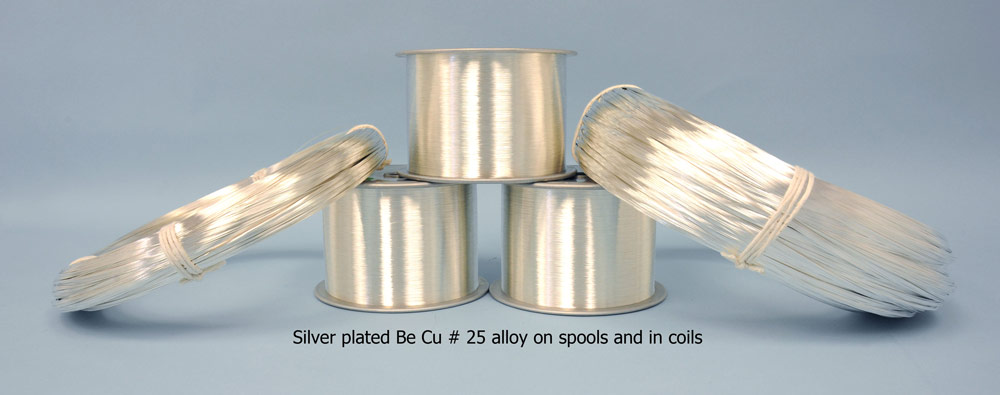
Throughout the 1950s and early ’60s, engineers commonly used silver as an under-plating material for creating contacts. At the time, engineers were under the impression that silver was the best material for this purpose. However, by the mid-60s, engineers discovered that silver had two common and consistent problems: tarnishing and migration. Silver was eliminated to mitigate this problem, and copper became the material of choice. After using copper for some time, it was noticed that this material also had a dark side, which manifested in major diffusion problems. When using gold-copper, diffusion is rapid, allowing copper to corrode from the contacts surface. It wasn’t until the 1970s and the extensive work of Dr. Mort antler who established that nickel would be the most acceptable under-plating material for contacts. Since then, nickel has been seen as the industry standard.
What are the benefits of nickel under-plating?
- Nickel under-plating acts as a leveling medium, which increases wear resistance while also improving coverage of the prime plating.
- Nickel under-plating drastically reduces porosity
- Nickel operates as a diffusion barrier that prevents diffusion of copper and zinc
- Nickel oxide is not known to creep
- Nickel oxide access a barrier that prevents ambient pollutants from interfering with copper alloy substrates
- Nickel under-plating is an ideal choice when used in conjunction with gold flash or thin gold applications
- Nickel, when exposed to ambient conditions, produces surface nickel oxide, which is passive and self-limiting, and its thickness
- Nickel is used to eliminate Cu/Sn intermetallics
Although the benefits listed above are extensive (and not all are listed), it is crucial to recognize that there needs to be some caution when using nickel under plates. For instance, nickel baths can cause stress related to the increasing potential of residual stress at the contacts.

 Technical Data
Technical Data


